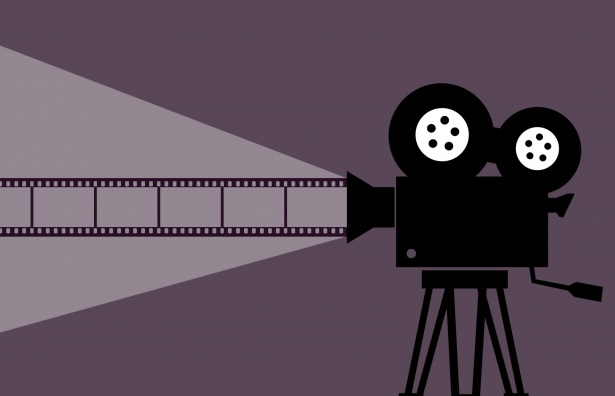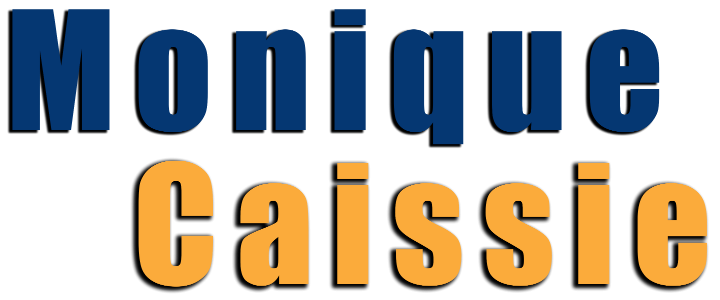When things go a little awry, we try and figure out what is wrong with the other person. I mean, it’s always about the other person, right?
To help you overcome conflict or misunderstandings, I did up this video (I know it’s a little longer) to give you an overview of the the wonderful world of personality styles through the prism of the DISC Personality Profiles.
Of course, I’d love to talk to you about how this can help your own organization, so reach out and let’s see if this tool is a fit.
Here’s the transcript below
What would change if you could predict another person’s behavior? Well, you can.
Welcome. I’m Monique Caissie and I help organizations reduce conflict and create a culture of collaboration, engagement and productivity. Even with the people who drive you crazy.
Okay, so we can all agree that people are different.

But what’s cool is that they are predictably different. According to studies, we naturally have a 40% chance of working easily and well with another person.
Mathematically, that means that 60% of the time, we might get confused or even irritated by another person’s behaviors.
The secret is to understand more fully where WE are coming from and where the other person’s priorities are. When we get that, it’s like a superpower to better relationships.
Studying and understanding human behavior is not a new thing. The genesis of human behavior models started in 444 BC when personality styles were based on fire, air, water and earth. Do you recognize that from somewhere? Yup, that’s astrology and it’s still being used today.
In the 1920’s Carl Jung came along with the Myers-Briggs personality styles. His four styles were thinking, feeling, sensation and intuition. That more modern approach started taking us to a more developed understanding.
Then William Moulton Marston published the book “Emotions of Normal People” developing what we know and use today as the DISC personality system.
And it was in 1940 that Walter Clark took Moulton Marston’s theory to develop the first DISC personality profile assessment that demystified these different personalities.
That is the same profile that is being used today for better quality relationships.
So what are the basic DISC personality styles?
D stands for dominant or directive;
I stands for influential or inspiring;
S stands for supportive or steady and;
C stands for cautious or compliant.

.
Generally speaking, every person has a more natural inclination towards one of these. And that includes you.
So DISC becomes your decoder ring when stress hits and misunderstandings or disagreements escalate.
Basically, if I could explain to you why your boss or colleague or subordinate behaves a certain way, and how they prefer to be approached, what might happen to the quality of your exchanges?
How do you behave when you are being spoken to in a way that feels respectful to your needs? It’s the same for them.
Communication skills, or let’s call them essential skills, improve dramatically when we just “get each other”.
That’s what DISC offers to leaders and organizations. Because when you understand DISC and start approaching people based on their underlying priorities as opposed to only yours, everything changes – for the better.
Let’s take a simple example to show you how you might recognize these 4 styles.
.

Imagine 4 people deciding what movie they would like to see.
.
Now if a person is a high “D”, they’re wearing green
because they like to go go go. They’ll immediately say no or they will want to take charge, regardless of what other people are saying because “D’s” are very directive and like to be in control.
Don’t ever worry about not knowing what they want. You will never have to guess. And highly important to them is to make a decision quickly. These long drawn out negotiating and too many details drives them nuts.
And don’t sit next to them if you like to make comments during the movie. They may get impatient with you and you may not enjoy how will they tell you to stop talking because watching the movie is more important than engaging with you. They are very task oriented.
Basically, D’s need to “Get it done”
.
Now with the high “I” style, they’re wearing red
because they want you to stop and notice them. They hate feeling invisible and love entertaining and engaging.
They are all about fun and can be quite talkative. When they suggest a movie, they may excitedly tell you all the reasons that’s the movie that should be picked.
They might tell you details you might not want to hear ahead of time. To be blunt, they can get a little overexcited.
And let’s say they know someone who’s an extra in the movie or saw one of the actors in a restaurant, be prepared to hear the whole story because they love to entertain with stories.
Regardless of which movie you see, they will enjoy it. Just being with people who care about them and who pay attention to them gives them energy. They’ll want to extend the evening beyond the movie.
I’s feel happiest when they feel they belong because they need to “Get acknowledged”
.
The high “S” style is wearing a calming blue color.
They are the ones who buy birthday cards for everyone to sign at the office. They bring cookies. It can be said, and it has often been said, S’s are the nicest people in the bunch.
This is the person who is always looking for harmony and that all the people’s needs are being taken care of. They do a lot of high fives.
They have a really hard time making decisions because they never want to disappoint anyone. So saying no is hard.
They are calm, they are supportive and they love people. They are the ultimate team player desiring a close relationship with everyone.
Because, ultimately, S’s need to “Get along”
.
The high “C” is the quietest of the bunch. They wear yellow
because they are cautious before moving forward.
You might see them flipping through all the reviews on their cell phone while others are discussing which movie to see.
They collect a lot of data before making a decision. And even then, they may wonder if it was the right choice.
They love precision, so after the movie, if they’re comfortable with you, they will point out every inconsistency or flaw that they saw.
It doesn’t mean they didn’t enjoy themselves; it’s just that they love order and consistency and they need it to be right. Confusion can be painful to them.
High C’s have a high need to “Get it right”.
.

So there we are. We are all a mixture of these 4 personalities
which make up our personal style that combines into 41 personality blends.
Now imagine meeting someone and within just a few minutes being able to figure out which one of these their dominant style is?
If you know your style and you understand their style and how they like to be interacted with, doesn’t it make sense that you could work more effectively with them?
And I have to be honest, if I had known this when I was a mental health counselor, I can think of several clients that I would approached completely differently.
Crisis interventionists, like most people, are not taught this. Not knowing this information slowed down the process of me being able to help them quickly, because I approached them with my style, not knowing how to take their style into account.
So, if we are looking for better outcomes, knowing the personality style of the person we are engaging with gets to that positive outcome way faster.
Too often, we’d rather blame the other person, but they’re just being themselves. And so are we.
Now, I’ll be making more videos about the ins and outs of DISC and I hope you will join me to learn more about this amazing and powerful tool.
If you want me to come to show you and your team how to predict other people’s behaviors, and improve your team’s outcomes, then reach out to me and let’s have a conversation.
Until next time, I’m Monique Caissie and I’m here to help you strengthen your workplace relationships.
Take care now. BYE!
When you think of someone who is driving you crazy at work, who are you thinking of and why? I’d love to hear from you. 🙂
Reach out to me at info@moniquecaissie.com

BIO: The most successful leaders are not infallible when faced with someone who “drives them crazy!” Monique’s strategies to empower people to better understanding others and have better outcomes, while having fun, are appreciated by all who meet her.
As a Speaker, Facilitator and Consultant and Coach, helping to reduce conflict and increase collaboration, Monique draws from 30 years of crisis intervention work to help others increase their confidence to feel more heard, respected and happier. She is anAccredited Trainer for DISC as a Human Behavior Consultant and a Certified NLP Professional Coach. She loves meeting people and getting to know them. So feel free to reach out. info@moniquecaissie.com
